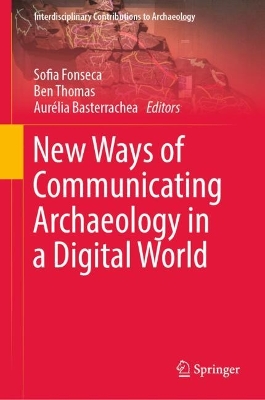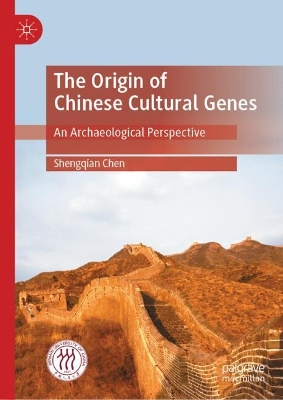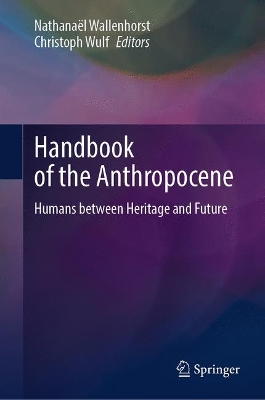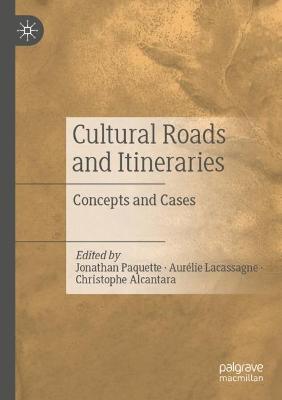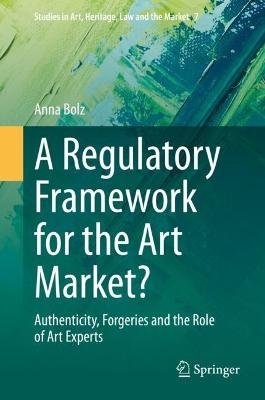Multidisciplinary Approaches for the Investigation of Textiles and Fibres in the Archaeological Field
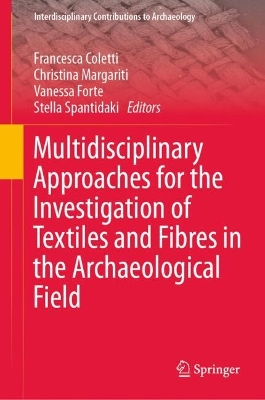 portes grátis
portes grátis
Multidisciplinary Approaches for the Investigation of Textiles and Fibres in the Archaeological Field
Forte, Vanessa; Spantidaki, Stella; Coletti, Francesca; Margariti, Christina
Springer International Publishing AG
11/2024
189
Dura
9783031738111
15 a 20 dias
Descrição não disponível.
Chapter 1. Introduction - Towards multidisciplinary trajectories for the study of ancient textiles and fibres (Francesca Coletti, Vanessa Forte, Christina Margariti and Stella Spantidaki).- Chapter 2. Using Scanning Electron Microscopy for the Study of Mineralised Textiles: The Case of Roman Venetia (Margarita Gleba and Maria Stella Busana).- Chapter 3. A button, a hook and a rug paper wrapping - Identifying plant fibre finds from Hailuoto, Finland (Jenni A. Suomela and Sanna Lipkin).- Chapter 4. The effects of carbonisation on the morphology of textile fibres. Comparison between modern and ancient materials: The example of Pompeii (Francesca Coletti and Christina Margariti).- Chapter 5. Multi-analytical approach for the characterisation of ancient mineral fibres. Tracing the use of asbestos in the Italic Peninsula (Francesca Coletti, Alessandro Ciccola and Paolo Postorino).- Chapter 6. Revealing the unknown: how multi-technical approach can be crucial in identification of dyes and protein in archeological remains (Ilaria Serafini, Alessandro Ciccola, Roberta Curini, Gabriele Favero, Gwenaelle M. Kavich, Timothy P. Cleland and Caroline Solazzo).- Chapter 7. Radiocarbon for the dating of fibres and textiles: the case study of a silk double knitted fabric from Pompeii (Mariaelena Fedi, Serena Barone, Francesca Coletti and Lucia Liccioli).- Chapter 8. Which tool for which fiber? Experimental spinning tests using bone, glass and amber instruments (Maria Stella Busana, Denis Francisci and Agnese Lena).- Chapter 9. Residues of activities: towards an analytical protocol for studying residues on textile tools (Vanessa Forte, Francesca Coletti, Carlo Virili, Alessandro M. Jaia and Cristina Lemorini).- Chapter 10. Resolving the mystery of the 2000-year-old net found in the "Cave of Letters" (Reuven Yosef, Lee Perry-Gal and Naama Sukenik).- Index.
Este título pertence ao(s) assunto(s) indicados(s). Para ver outros títulos clique no assunto desejado.
Archaeometry textile archaeology;Experimental Archaeology textiles;Excavated Textiles;Textile Archaeology;Textile Conservation;Organic Residues archaeology identification;Analytical Methods ancient textiles fibres;Plant fibre identification electron microscopy techniques;Scanning Electron Microscopy Mineralised Textiles;Microspectrofluorimetry natural dyes in textiles;Mass spectrometry identification dyes and protein;Experimental spinning tests bone, glass and amber instruments;Carbonisation to the morphology of textile fibres;Asbestos fibres from Pompeii by morphological analysis;Challenges fibre identification textile imprints clay sealings;Textile archaeology Bronze Age Greece;Female textile funerary equipment
Chapter 1. Introduction - Towards multidisciplinary trajectories for the study of ancient textiles and fibres (Francesca Coletti, Vanessa Forte, Christina Margariti and Stella Spantidaki).- Chapter 2. Using Scanning Electron Microscopy for the Study of Mineralised Textiles: The Case of Roman Venetia (Margarita Gleba and Maria Stella Busana).- Chapter 3. A button, a hook and a rug paper wrapping - Identifying plant fibre finds from Hailuoto, Finland (Jenni A. Suomela and Sanna Lipkin).- Chapter 4. The effects of carbonisation on the morphology of textile fibres. Comparison between modern and ancient materials: The example of Pompeii (Francesca Coletti and Christina Margariti).- Chapter 5. Multi-analytical approach for the characterisation of ancient mineral fibres. Tracing the use of asbestos in the Italic Peninsula (Francesca Coletti, Alessandro Ciccola and Paolo Postorino).- Chapter 6. Revealing the unknown: how multi-technical approach can be crucial in identification of dyes and protein in archeological remains (Ilaria Serafini, Alessandro Ciccola, Roberta Curini, Gabriele Favero, Gwenaelle M. Kavich, Timothy P. Cleland and Caroline Solazzo).- Chapter 7. Radiocarbon for the dating of fibres and textiles: the case study of a silk double knitted fabric from Pompeii (Mariaelena Fedi, Serena Barone, Francesca Coletti and Lucia Liccioli).- Chapter 8. Which tool for which fiber? Experimental spinning tests using bone, glass and amber instruments (Maria Stella Busana, Denis Francisci and Agnese Lena).- Chapter 9. Residues of activities: towards an analytical protocol for studying residues on textile tools (Vanessa Forte, Francesca Coletti, Carlo Virili, Alessandro M. Jaia and Cristina Lemorini).- Chapter 10. Resolving the mystery of the 2000-year-old net found in the "Cave of Letters" (Reuven Yosef, Lee Perry-Gal and Naama Sukenik).- Index.
Este título pertence ao(s) assunto(s) indicados(s). Para ver outros títulos clique no assunto desejado.
Archaeometry textile archaeology;Experimental Archaeology textiles;Excavated Textiles;Textile Archaeology;Textile Conservation;Organic Residues archaeology identification;Analytical Methods ancient textiles fibres;Plant fibre identification electron microscopy techniques;Scanning Electron Microscopy Mineralised Textiles;Microspectrofluorimetry natural dyes in textiles;Mass spectrometry identification dyes and protein;Experimental spinning tests bone, glass and amber instruments;Carbonisation to the morphology of textile fibres;Asbestos fibres from Pompeii by morphological analysis;Challenges fibre identification textile imprints clay sealings;Textile archaeology Bronze Age Greece;Female textile funerary equipment

